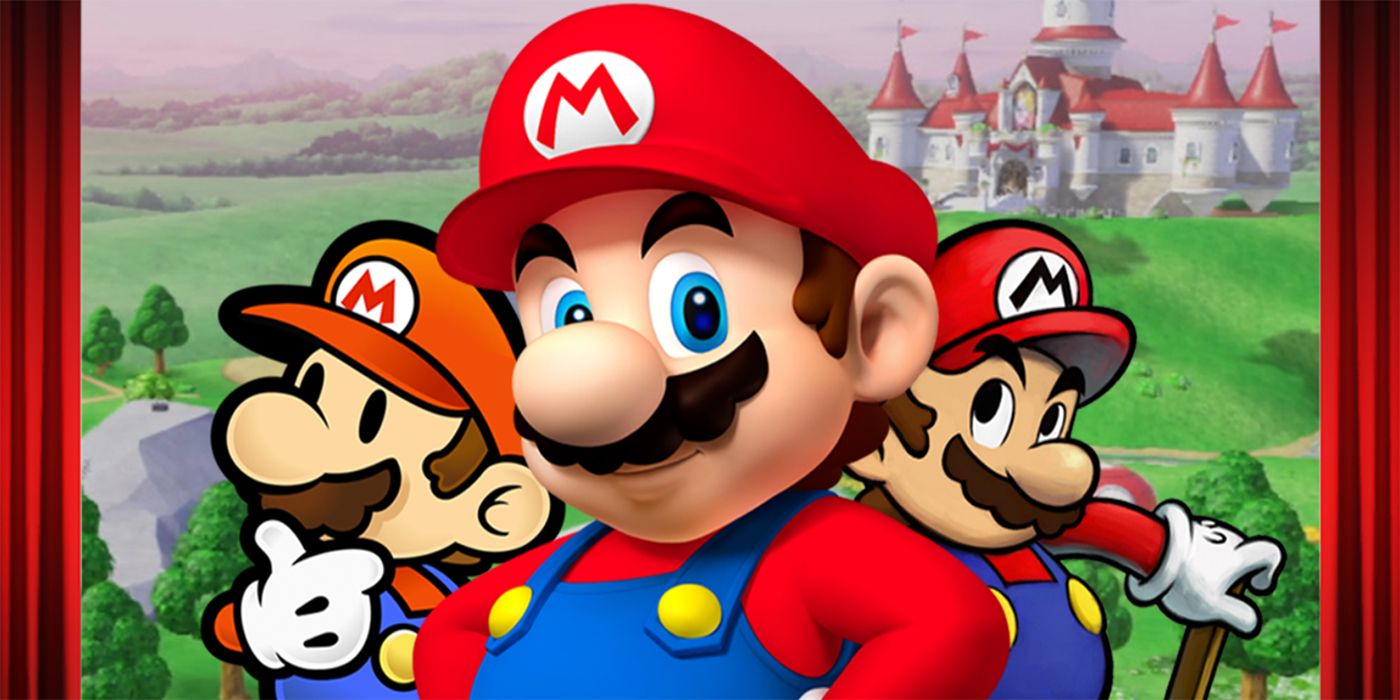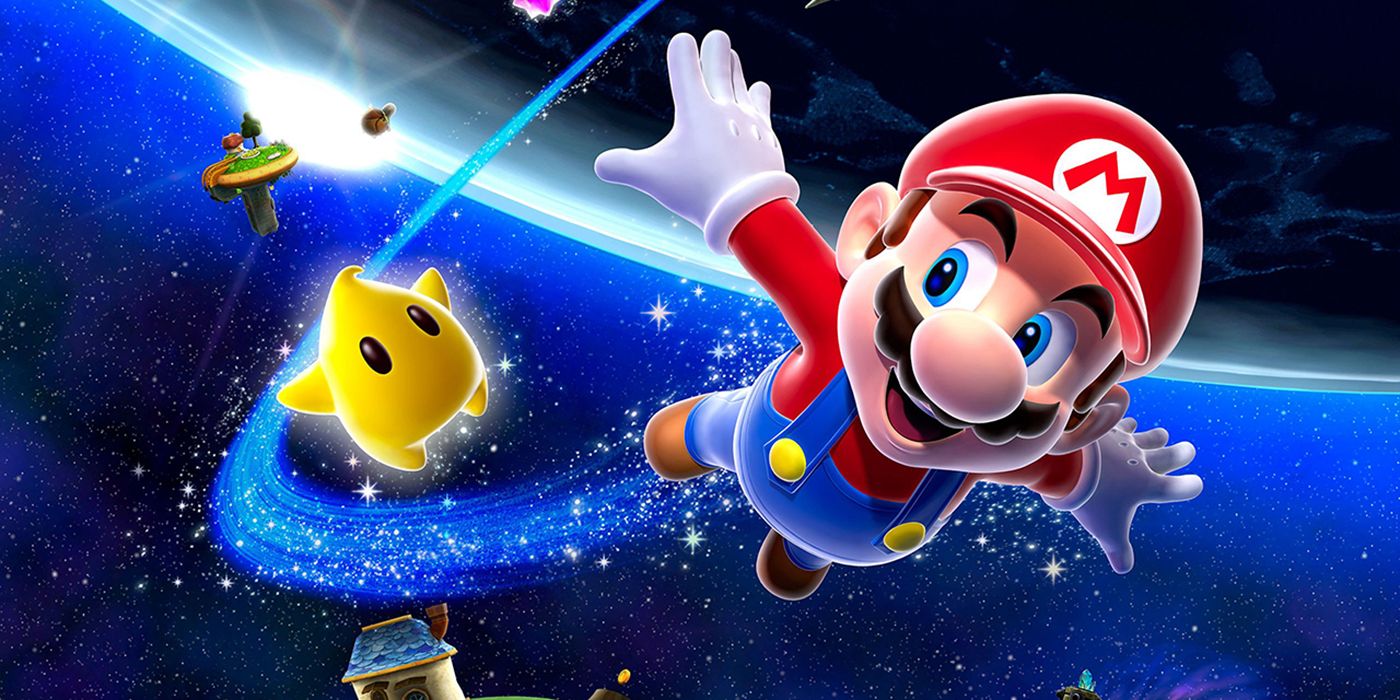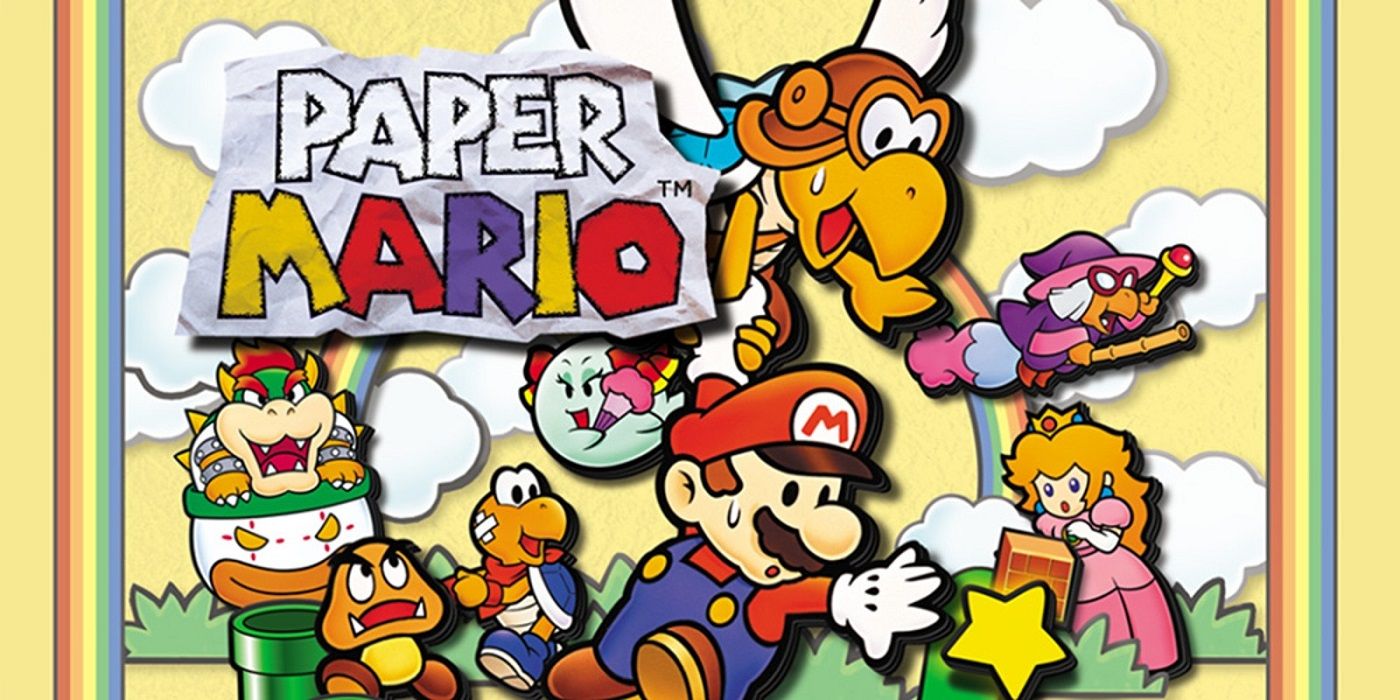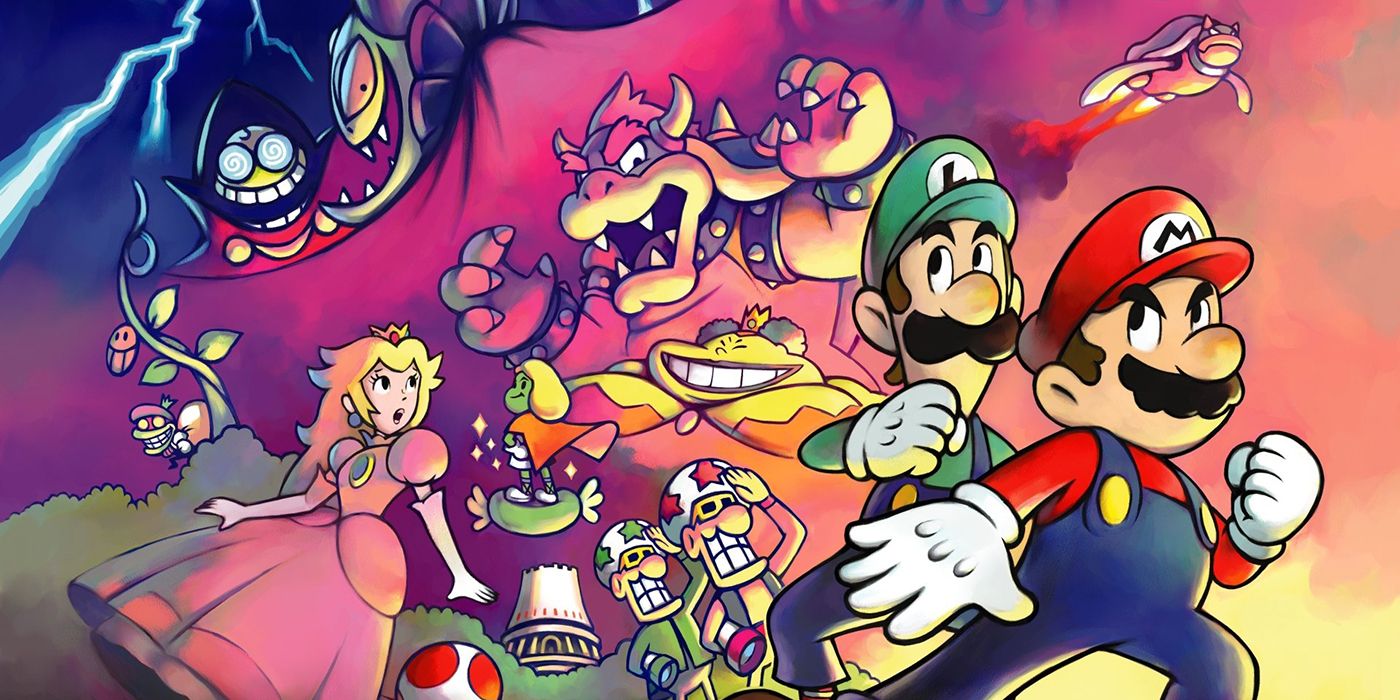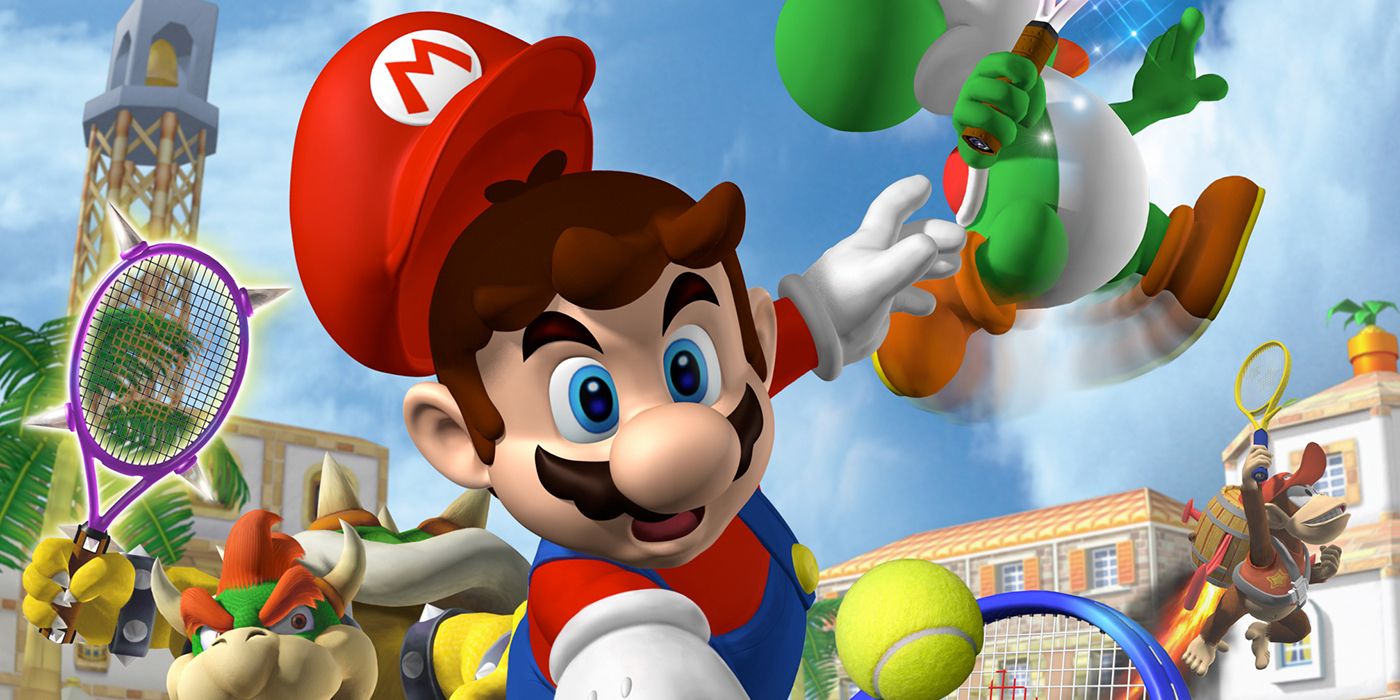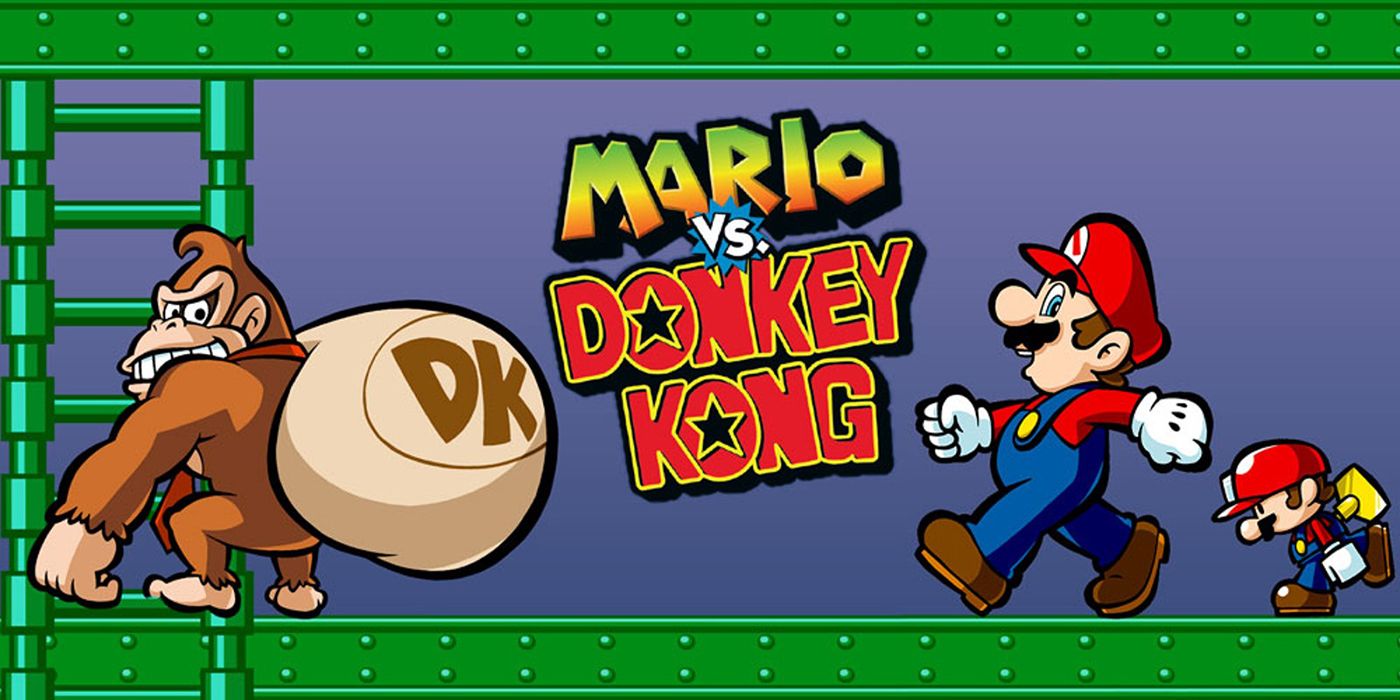Nintendo recently re-confirmed production of the illusive Mario animated movie, in the works at Universal Pictures and Illumination Entertainment (the company behind Despicable Me and Minions), set for a 2022 release. Despite its surging popularity, the project has nevertheless remained an uncertain prospect among fans of the mustache man since its announcement in 2017 - one of the defining faces of the video game medium, whose designers always put “play” before “plot,” receiving a traditional film adaptation? It’s a tough sell, and Nintendo’s long-standing reluctance to multimedia adaptations of its beloved franchises has not exactly inspired a lot of confidence, especially when the previous attempt is so infamous. You can’t walk two steps into the conversation without someone addressing the decades-old elephant in the room: if a Mario movie didn’t work in 1993, why would it now?
By all accounts, Mario’s grand return to cinema has a lot to prove, but luckily for the creative minds at Illumination, there’s plenty of material to work with. The most famous name in games has hopped, skipped, and backwards-jumped across so many adventures over the years, and every now and then, the franchise shows it's not above including elements friendlier to un-interactive media. The following five games provide a glimpse into a more narratively or cinematically fulfilling Mario world, whether through premise, presentation, or practicality. Individually, each game may not have enough content for a singular adaptation, but treated as ingredients for a greater recipe, they collectively prove this plumber’s got potential in the pictures.
Super Mario Galaxy
The merits of “cinematic gaming”, designing a game’s experience using the language of cinema through cutscenes, pacing, and more, will be debated until the end of time, but in all the oceans of discourse surrounding this controversial marriage of mediums, Mario is barely mentioned. In fact, his games are usually the opposite of cinematic: unsubtle, juvenile, and, by all accounts, basic. And then there's Super Mario Galaxy.
One of the defining games of its generation, Mario's 2007 space odyssey remains the most cinematic the series has ever been, by a wide margin. From the moment the game presents an extreme close-up of Bowser's enormous UFO reflected in Princess Peach's terrified eyes as thundering orchestral music punctuates the theatrical dread, the stakes and scope skyrocket in a way no other game in the series has ever matched. Its cosmically bonkers ending is arguably the best in the entire franchise, playing out like a "Baby's First Doctor Strange." There may not be enough narrative in Super Mario Galaxy for a standalone feature-length retelling, but the game proves beyond all doubt Mario can do his job - and do it well - every bit as cinematically as his more serious-minded peers.
Paper Mario
Perhaps the biggest challenge Illumination Entertainment faces with a Mario movie is deciding how to tell a Mario story while keeping him on his home turf. As it turns out, most Mario games with legitimate narratives don't take place in the land of bricks and Bullet Bills - they're set in the Beanbean Kingdom, on Isle Delfino, within Luigi's subconscious (the "Year of Luigi" was a weird one), or among the litany of kingdoms present in Super Mario Odyssey. Among the few Mario stories with stay-at-home orders is the game appropriately titled "Mario Story" in Japan, its home nation.
2001's Paper Mario not only provides a thoughtful romp through Toadstool's domain, it also adds tons of texture to its denizens (a practice that reportedly intimidates modern-day Nintendo). Player partners like Goombario, Bombette, and Parakarry are their own characters built on familiar brand-centric species (unlike, say, Super Mario RPG: Legend of the Seven Stars, whose original characters, Geno and Mallow, are their own unique creations). A Mario movie cannot function with just the man himself, and if Universal Studios and Nintendo are aiming to provide the foundation for a film franchise, the world surrounding the Big M needs as much character - and characters - as it can get.
Mario & Luigi: Superstar Saga
In the 200+ games that feature the red-capped crusader, one key consistency shared among them is tone. Mario doesn't do dark, and if his games ever veer in that direction, it's usually for the sake of a single setpiece. At their least ambitious, Mario games are friendly and frivolous, but under the right creative team, Mario can be quite the comedian, especially when paired with his brother.
The Mario & Luigi spinoff series - and its first installment, 2003's Superstar Saga, in particular - turns the Christmas-colorcoded kin into Abbot and Costello, bundled with plenty of slapstick humor, Italian gibberish, and Saturday morning shenanigans. The premise is positively cartoony: Princess Peach is bedridden by a disease that transforms her text-speech into literal explosives and the bewitched villain behind the biological warfare is an evil green bean in a cloak. Considering Illumination's effort will be strictly animated, it's safe to say the comedic stylings the brothers demonstrated during their critically-acclaimed expedition to the neighboring Beanbean Kingdom would be a perfect source of inspiration.
(The Animated Opening of) Mario Power Tennis
Hold up, a sports game spinoff? As inspiration for a Mario movie? It sounds more absurd than a Petey Piranha tennis career! Despite what 2017's Mario Tennis Aces might imply, Mario sports games have rarely flirted with story (a few portable exceptions in the Game Boy family notwithstanding). But what Illumination can't find in plot beats or character development, it can find in outright example: In the mid-2000s, Mario and his friends starred in a few GameCube-based sports titles developed by Camelot Software Planning, and each one included a beautiful, elaborate, and entertaining opening sequence that almost functioned as an animated short film in its own right.
Of the lot, the opening animation of 2004's Mario Power Tennis is just about the closest anyone has come to an episode of an idealized Mario animated series. All the favorites are present and accounted for: Mario and Luigi are serving up shop on the court and knuckleheaded foils Wario and Waluigi are trying to ruin their day. Teaming up with Bowser, the trio of baddies coordinates a colorful act of domestic terrorism that ends in Bob-omb blasted failure. Say what you will of its simplicity, the sequence takes Mario 'n' the gang out of the character selection screen and into a fully fleshed-out animated offering. Illumination can leave the rackets behind and carry the characterization, hijinks, and all-ages antics into its adaptation.
Mario vs. Donkey Kong
Mario thrives on both innovation and iteration - most of the time, a Mario game is composed of the same pieces of scenario, packaged with a new way of putting them together. The spinoff series with the most ambitious attempt at iteration is the lesser-known Mario vs. Donkey Kong - which draws its premise and characters from 1983's Donkey Kong, the game that started it all. Reintroducing Pauline, Jumpman's original damsel-in-distress, and igniting a rivalry between Big Red and the son of his original rival, Donkey Kong, the 2004 Game Boy Advance title brought Mario back to his roots, without forgetting his impeccable acrobatics and undying heroism.
For Illumination, MvDK is packed with potential. For example, it's easy to assume an animated Mario movie would feature Bowser as the antagonist. But sometimes, the most iconic villain is reserved for the souped-up sequel (after all, the Joker didn't show up in Christopher Nolan's Batman trilogy until the second installment). Perhaps Bowser could take a post-credits cameo as the third Donkey Kong in his family takes center stage, giving global audiences a chronologically-accurate square-off of competing rivals, in the name of the recently-rebooted leader of New Donk City, Mayor Pauline. Additionally, since Nintendo and Universal are planning to plant their feet into Hollywood's franchise schedule, they could introduce DK in Mario's first movie and allow him to gracefully commute to his own series of films, sowing the seeds of a shared universe of Nintendo movies. It's difficult to imagine an "NCU" right now, but with capitalist continuity all the rage in the modern age of blockbusters, DK and Mario's brawl could get construction started right out of the gate.
The Mario movie is scheduled to release sometime in 2022.

